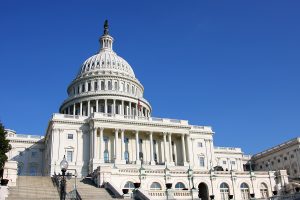
The delays and confusion over the Iowa Caucus results has once again brought election security into the national spotlight. Voting has increasingly moved to electronic means following the 2000 elections that put the fate of the election in the "hanging chads" of Florida. Electronic voting machines seek to remove human-error in the actual voting process as well as vote tallying. However, many voting precincts are using technology that is 10-20 years old, introducing problems around maintaining and securing the systems for today's use.
One surprising conclusion around election security is the critical role of a paper trail. Having a paper back-up to electronic voting proved to be important in Iowa and is making counties nationwide re-examine the role of paper in modern elections with the end goal of accuracy being more important than speed.
To modernize voting procedures, systems, and products, Congress has earmarked over $700 million to replace paperless voting machines with more secure digital options that offer a paper trail. While voting is handled at the state and local level, more support from the federal level comes with a new policy that ensures the FBI brief state election officials when local election infrastructure has been compromised. However, many argue this does not go far enough and that the FBI should loop in election officials if they discover breaches of private sector companies involved in providing election technology and support. Continue reading






